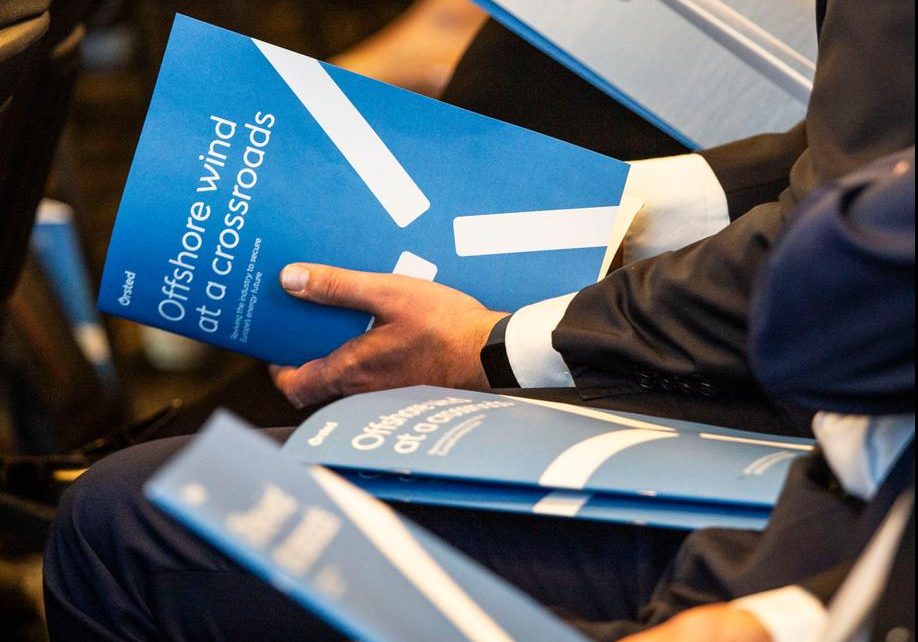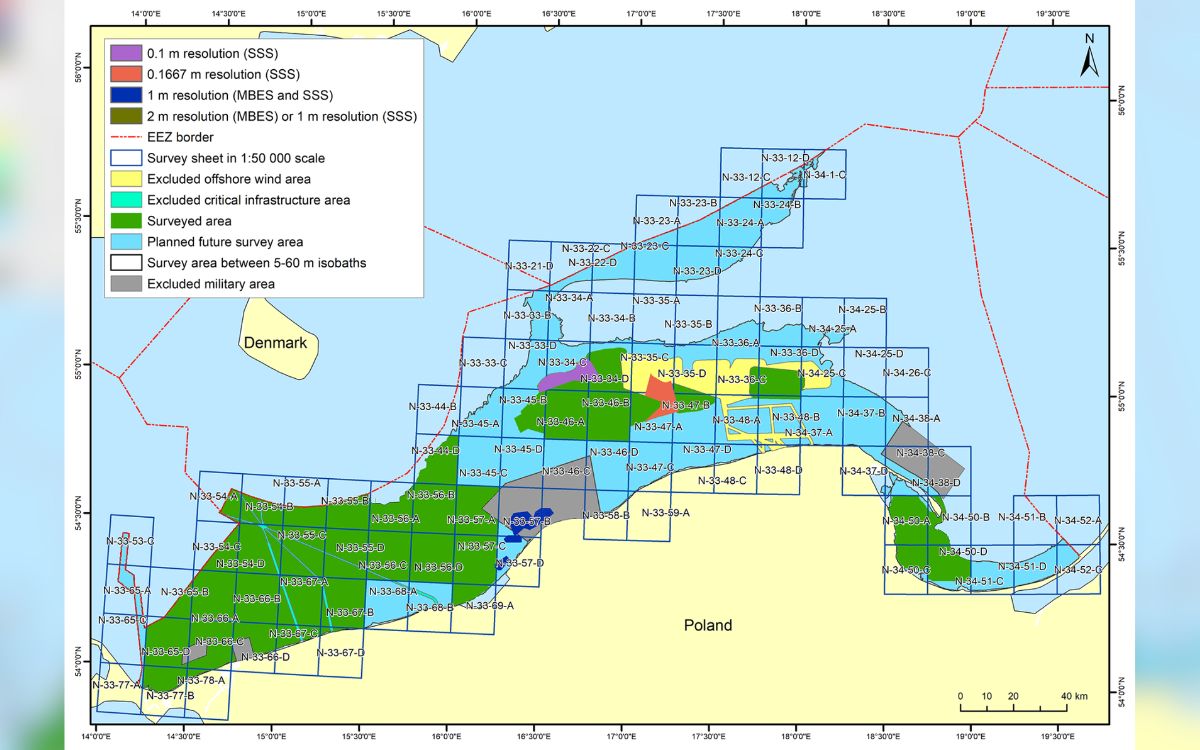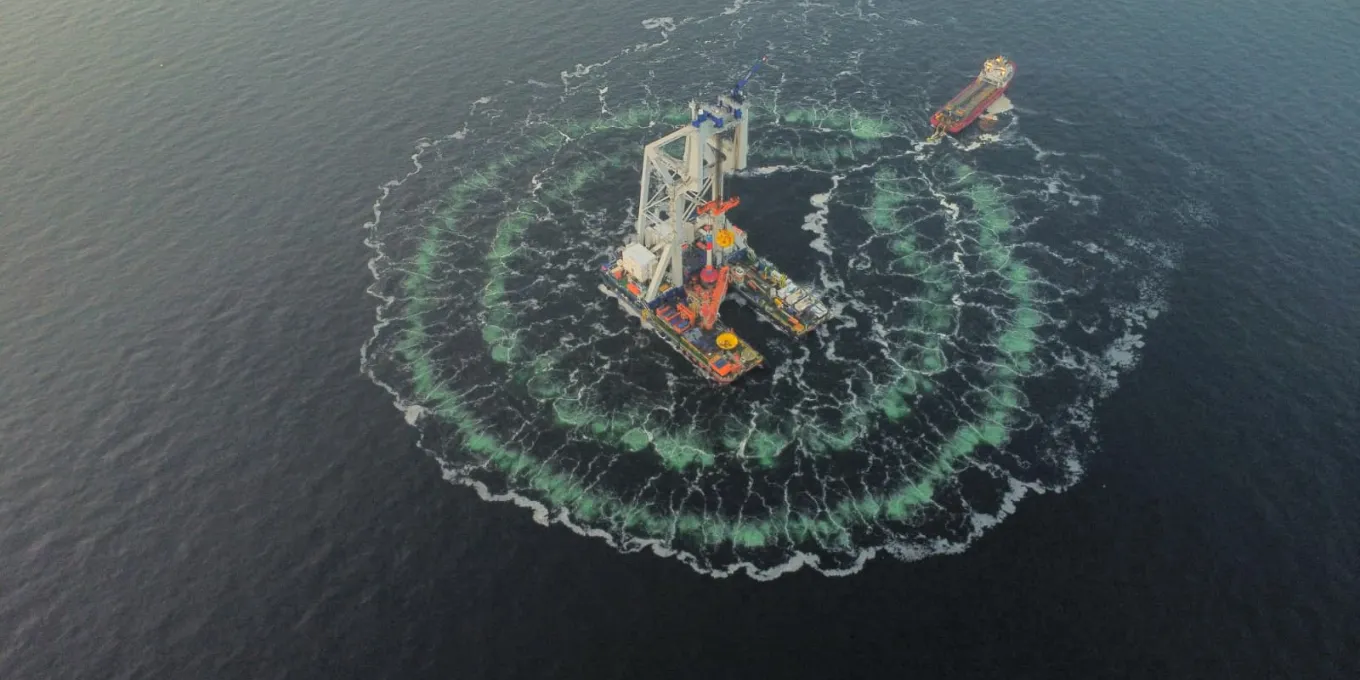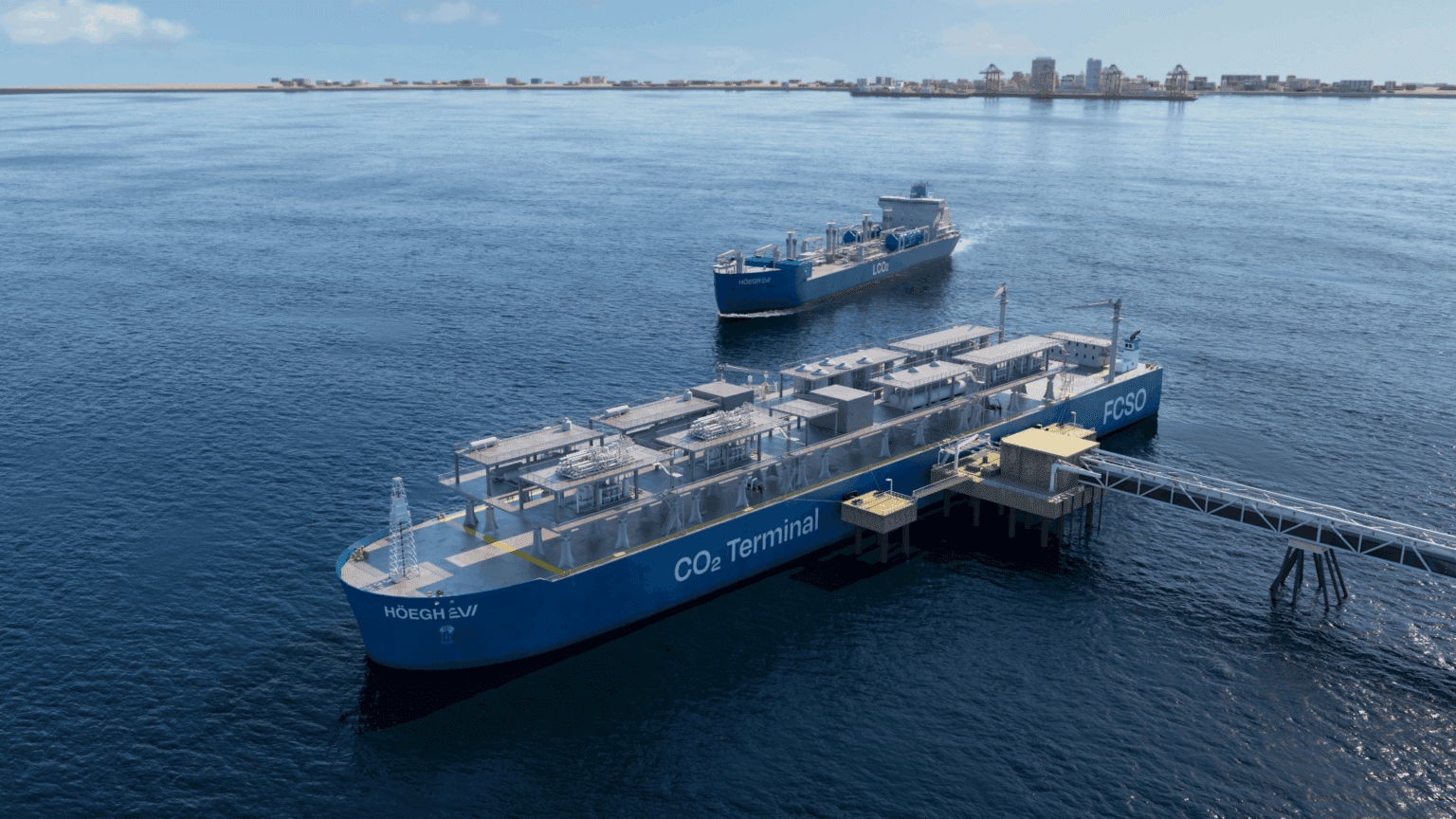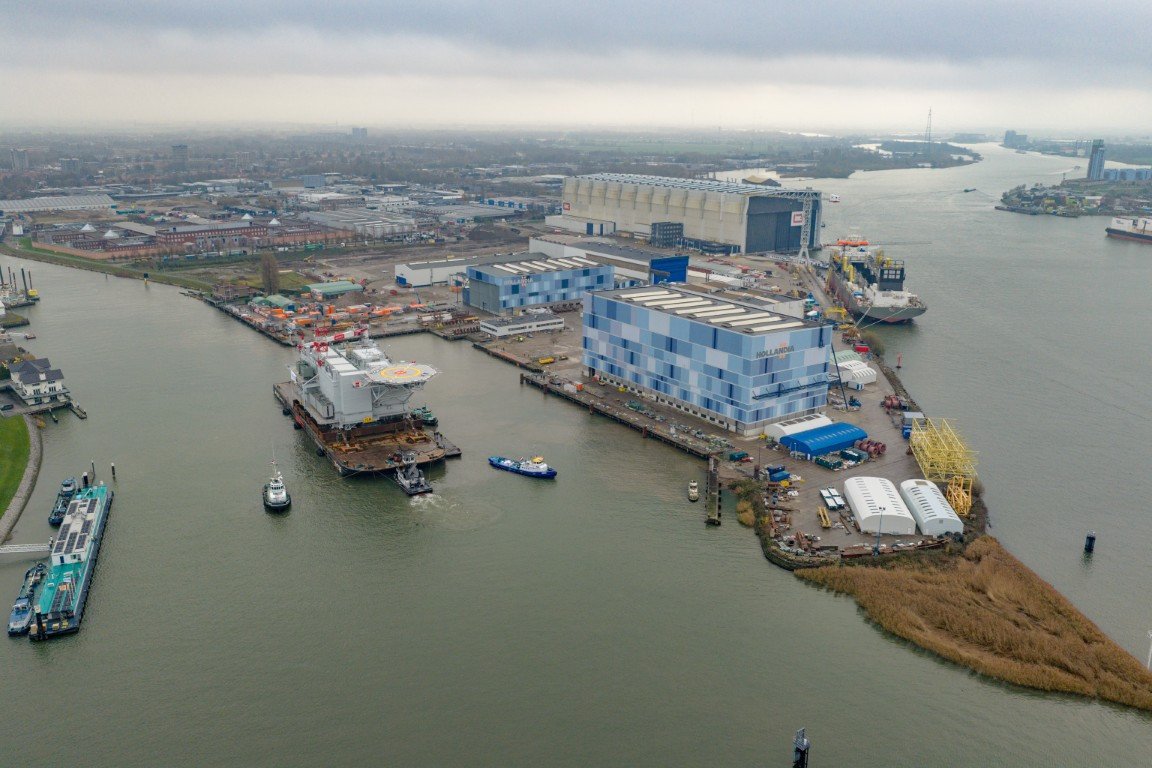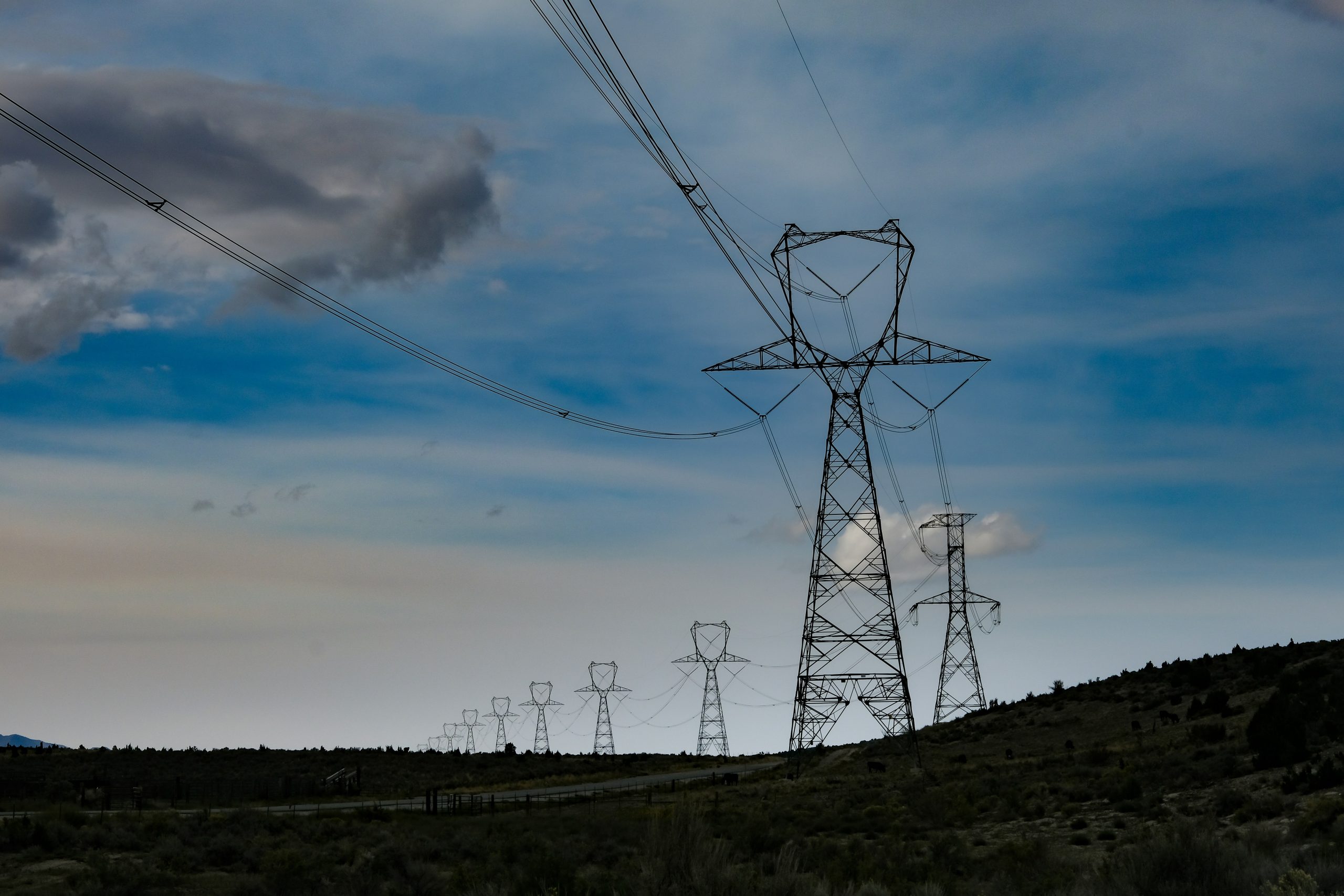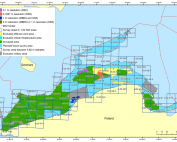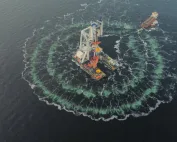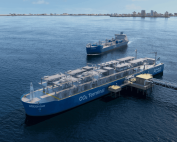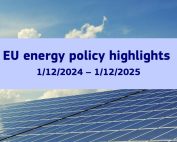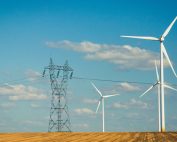Europe’s future competitiveness and security depend on an affordable, secure and clean energy system – with offshore wind energy as an important foundation. Savings on fossil fuel purchases associated with offshore wind entering the European energy system are on the order of €70 billion by 2040. This translates into a 30% drop in electricity prices in Europe by 2040, increasing the European Union’s energy independence. However, the industry faces unprecedented adversity, threatening stagnation unless urgent action is taken. In its latest report, Ørsted, in addition to analyzing the industry’s challenges, presents a proposal for an “Offshore Wind Deal” plan. It aims to restore investment momentum in the offshore wind sector.
Ørsted’s latest report, “Offshore Wind Energy at the Crossroads” was premiered at this year’s WindEurope conference, responding to the sharp deterioration of investment conditions in the European offshore sector. The authors of the document point out, among other things, rising capital costs, a lack of transparent bidding rules and regulatory uncertainty leading to delays and investor withdrawal from many projects. In different countries, tenders for wind farm construction often follow different rules, making it difficult for companies to plan and make investment decisions. All this could seriously jeopardize the European Union’s climate goals and energy security.
Offshore Wind Deal – an opportunity for offshore in Europe
Ørsted, a global leader in offshore wind energy, is proposing an “Offshore Wind Deal,” a joint commitment by politicians and industry to rebuild momentum in the offshore sector in Europe. The proposed recovery plan calls for:
- launching tenders every year – between 2031 and 2040 – for the construction of wind farms with a capacity of at least 10 GW, in a formula that guarantees investors financial stability (so-called contracts for difference – CfDs),
- an additional 5 GW of capacity should be implemented on market terms,
- unification of bidding rules and the provision of predictable investment conditions in all member states, so that companies can plan for long-term development,
- close cooperation between countries in the designation of locations for new farms and the development of transmission infrastructure, so that new energy can be efficiently integrated into electricity systems.
According to the analysis presented in the report, the implementation of this plan could bring tangible benefits to the European economy and society. Savings on the purchase of fossil fuels associated with offshore wind power entering the European energy system are on the order of 70 billion euros by 2040. This translates into a 30% drop in electricity prices in Europe by 2040, increasing the European Union’s energy independence. It will also reduce CO₂ emissions by about 15% from current EU levels.
This is an important step toward meeting the climate goals set for 2040 and 2050. The plan will also contribute to generating and securing hundreds of thousands of jobs across Europe – especially in coastal regions, which could become centers of the energy transition.
Poland’s voice in the European debate
The conference was attended by Agata Staniewska-Bolesta, managing director of Ørsted Offshore Poland, who took part in the panel discussion “Strengthening and expanding the European offshore wind supply chain. How Poland, Denmark and Norway can work together to build a competitive and resilient European offshore wind supply chain, while ensuring regional strengths”. Commenting on the report’s key findings, she stressed the importance of regulatory stability and investment predictability – especially from the perspective of countries that are just building their offshore industry potential:
“This predictability is incredibly important not only for investors, but also for suppliers who can sustainably invest in new factories, and for financial institutions who, seeing the potential return on investment, choose to finance offshore projects. The cost of capital in highly capital-intensive industries like offshore wind energy is of great importance. To illustrate – by lowering the weighted average cost of capital (WACC) by about 2 percentage points, CfD contracts reduce the cost of electricity (LCoE) by about 15%”- comments Agata Staniewska Bolesta, Managing Director of Ørsted Offshore Poland.
The realization of the assumptions outlined in the report could mark a turning point for the European energy industry. This is the moment when concerted political decisions and responsible industry action will determine whether Europe will maintain its position as a global leader in the energy transition. The offshore industry has the potential to become its foundation – if the conditions for its development are created today.
Download the full report here: Report: Offshore wind at a crossroads | Ørsted
Source: Ørsted
